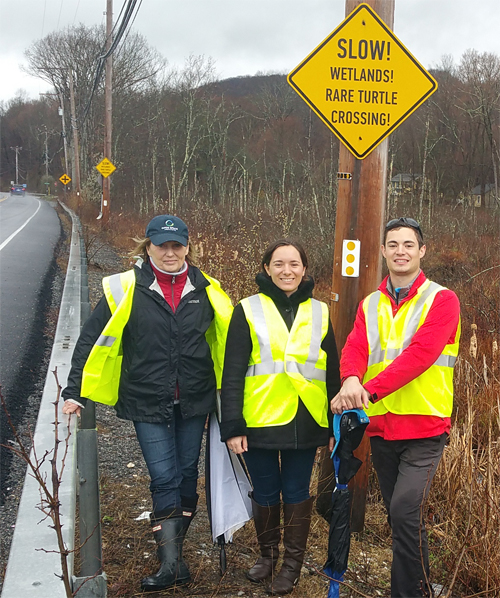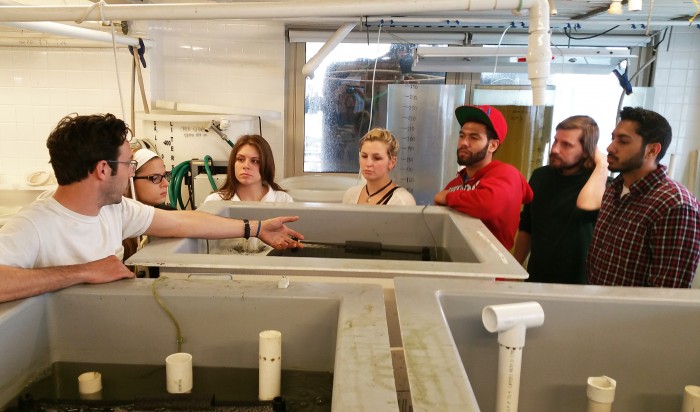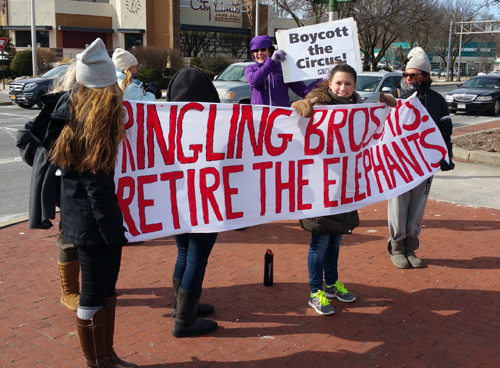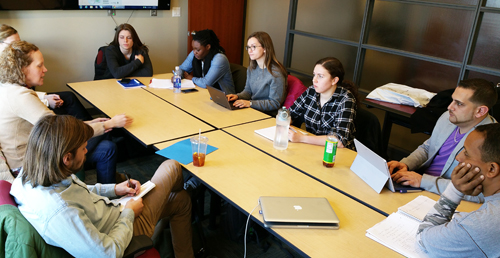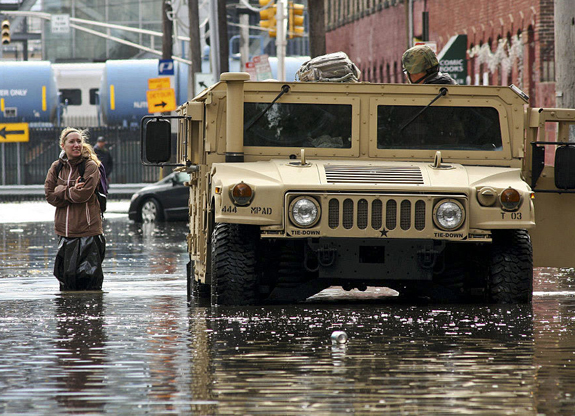
Soldiers assist residents displaced by Hurricane Sandy in Hoboken, N.J., Oct. 31, 2012. The soldiers are assigned to the New Jersey National Guard. By U.S. Army photo by Spc. Joseph Davis [Public domain], via Wikimedia Commons
The crisis playing out in Governor Christie’s New Jersey is a reminder of how wrong things can go. For the moment, let’s forget the question of who is telling the truth. Enough has been said that we know someone is lying. And, one way or another, politics and money will be at the center of the unfolding drama.
Among the principal issues and players:
- Almost $70 million in Hurricane Sandy relief funds.
- A proposed forty-story condominium overlooking the Hudson River.
- The mayor of the riverfront City of Hoboken one of the most densely populated, flood-prone cities in the United States, who has accused Christie of withholding Sandy aid, alleging it was payback for her refusal to support the condo project.
- The $7 billion Port Authority of New York and New Jersey.
- Two Port Authority executives and two Chris Christie staff forced to resign after arranging for the closure of three lanes of the George Washington Bridge for four days in an act of unspecified political retribution.
- David Samson, chair of the Port Authority, and a senior partner in the law firm representing the proposed Hoboken condos.
- The Mayor of the Borough of Fort Lee — one of the most traffic congested towns in the region — who is an alleged target of the George Washington Bridge blockade for his failure to support Christie’s reelection.
- Federal criminal and state legislative investigations, now underway.
The common thread? The New Jersey coast, where people, storms, money and politics gather.
There are 95,471 miles of tidal shoreline in the United States, touching our most powerful state governments, our biggest cities and the majority of our population. When climate protection and adaptation funds flow in earnest, and they will, competition will be fierce, distribution complicated, politics complex.
Estimates of these capital costs are an imprecise science. Pace Academy’s Andrew Revkin reported in his New York Times’ Dot Earth blog on the work of Stéphane Hallegatte, a senior economist at the World Bank. Hallegate says the cost to the world’s 136 largest cities will be $50 billion per year. Here in the US, it is a certainty that state and federal aid will be a necessity.
If the decision-making is a political process, as everything about the emerging New Jersey scandal seems to have been, favoritism, corruption and misappropriation will be assured. At best, funds will not serve out their intended mission.
A glance at the federal stimulus program is instructional. The great hopes for large-scale job creation, public works and an economic rebound were not realized, as Washington dollars were used to plug holes in state budgets.
The November 18, 2009 USA Today reported on the phenomenon:
A historic nosedive in state tax collections extended into the third quarter of the year, and only an infusion of federal economic stimulus money has averted widespread program cuts and worker layoffs.
Generally, half of the $7.8 billion granted to states was spent on non-capital education costs or public safety. Governor Rick Perry famously used his funds to balance the Texas budget. 82.5% of New Jersey’s $242 million was used to cover state Medicaid costs.
500 million gallons of the tidal Hudson trapped almost half of Hoboken’s population of 50,000 during Hurricane Sandy. After the statewide expenditure of hundreds of millions of post-Sandy state and federal dollars, that city is no better prepared for the next storm.
Mayor Dawn Zimmer says she was cheated out of adequate funding in an act of political revenge by Governor Christie. Representatives of the US Attorney’s office in Newark have questioned the mayor. “They have no choice,” said Michael Isikoff, NBC national investigative reporter, “It’s now a federal criminal investigation.”
The distribution system for climate protection and adaptation funding should not allow room for even allegations of impropriety. But if that process is not a politically independent one, such charges will be inevitable, abuse will be a certainty, and we will have squandered the last best option for America’s coastal communities to survive the worst of the climate crisis.




